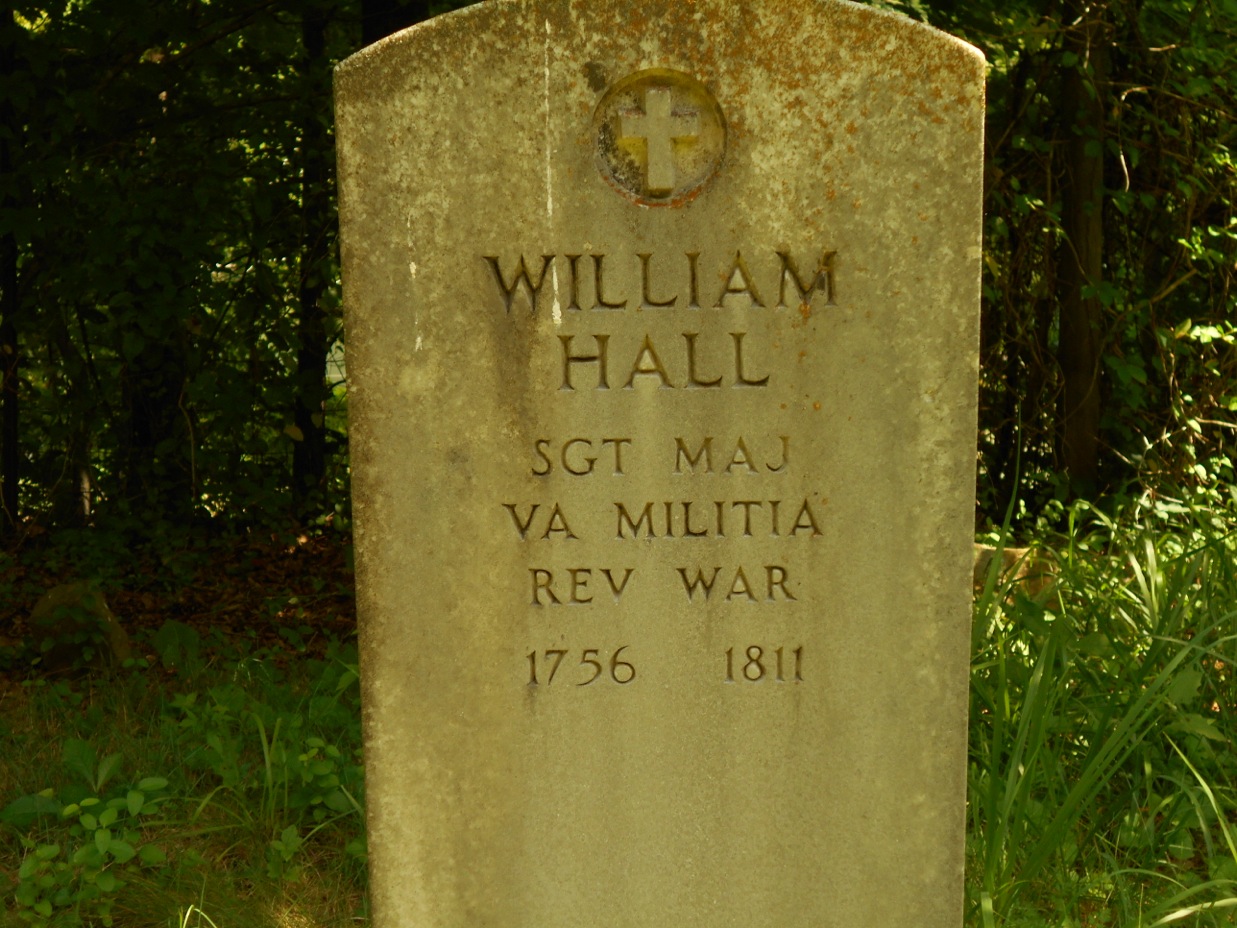William HALL
SAR Patriot #:
P-173336
The following information was assembled from numerous sources and cannot be used directly as proof of Qualifying Service or Lineage.
It is considered a research aid and is intended to assist in locating sources that can be used as proof.
State of Service: VA
Qualifying Service: Sergeant Major
DAR #: A049597
Birth: 15 Nov 1756 / Frederick / MD
Death: 11 Feb 1811 / Montgomery / KY
Qualifying Service Description:
Captain PEMBERTON, Colonel BLAND
Additional References:
Rev War Pension *W8884
Spouse: Urcilla Woodward
Children: Green; Caleb; Bazil;
Members Who Share This Ancestor
| Date Approved | Society | ACN | SAR Member Info | Lineage via Child | View Application Detail | |
|---|---|---|---|---|---|---|
| 2012-11-05 | KY | 50369 | R. Michael Sullivan (185364) | Green | ||
| 2013-03-25 | SC | 52490 | James Michael Sullivan (186786) | Green | ||
| 2018-03-21 | KY | 80056 | Mark Stephen Chapman Sullivan (206787) | Green | ||
| 2018-06-15 | NC | 80745 | Michael R. Blackburn (207839) | Caleb | ||
| 2023-10-06 | KY | 109146 | Eric Jason Morton (227941) | Bazil |
Burial:
Location:
/ Powell / KY / USA
Find A Grave Cemetery #:
Marker Type:
Veterans Administration; SAR Bronze
SAR Grave Dedication Date:
04 APR 2015
Comments:
Directions to Cemetery / Gravesite:
North side of Mountain Parkway, approximately two miles ease of Bowen, at Powell County, Kentucky
